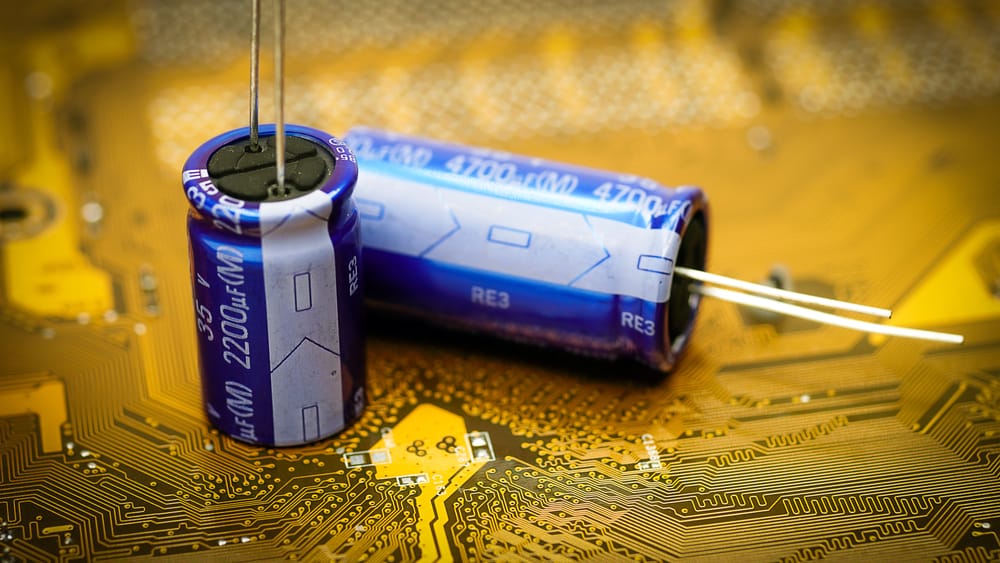Capacitors, the unsung heroes of electrical circuits, play a pivotal role in both AC (alternating current) and DC (direct current) systems. Understanding how capacitors function in these different scenarios is crucial for engineers, technicians, and enthusiasts alike. In this comprehensive blog post, we will delve into the intricacies of capacitors, exploring their behavior, applications, and limitations in both AC and DC circuits.
- Capacitors in DC Circuits:
In a DC circuit, where the current flows in one direction, capacitors act as energy storage devices. When connected to a DC source, such as a battery, a capacitor charges up until it reaches its maximum voltage. This stored energy can then be released when needed, providing a temporary power source. Capacitors in DC circuits are commonly used for smoothing voltage fluctuations, filtering noise, and as timing elements in various electronic devices. - Capacitors in AC Circuits:
In an AC circuit, where the current periodically changes direction, capacitors exhibit a different behavior. Due to their ability to store and release charge, capacitors in AC circuits can store energy during one half of the cycle and release it during the other half. This property enables capacitors to perform various functions, such as power factor correction, voltage regulation, and coupling in AC circuits. Additionally, capacitors are essential components in AC motor start and run circuits, enabling efficient operation. - Capacitive Reactance:
To fully comprehend the behavior of capacitors in AC circuits, it is crucial to understand capacitive reactance. Capacitive reactance is the opposition offered by a capacitor to the flow of alternating current. It depends on the frequency of the AC signal and the capacitance value. At lower frequencies, capacitors offer higher reactance, impeding the flow of current. Conversely, at higher frequencies, capacitors exhibit lower reactance, allowing more current to pass through. This property makes capacitors useful in frequency-dependent applications, such as filtering and tuning circuits. - Limitations and Considerations:
While capacitors are versatile components, they do have limitations. One significant limitation is their voltage rating. Exceeding the voltage rating can lead to catastrophic failure, causing the capacitor to break down or explode. Additionally, capacitors have a maximum ripple current rating, beyond which excessive heat can be generated, potentially damaging the component. It is crucial to consider these limitations and select capacitors with appropriate ratings for specific applications.
Conclusion:
Capacitors are indispensable components in both AC and DC circuits, providing a wide range of functionalities. In DC circuits, they store and release energy, while in AC circuits, they exhibit reactive behavior, enabling power factor correction and voltage regulation. Understanding the behavior and limitations of capacitors in different circuit scenarios is essential for designing efficient and reliable electrical systems. By harnessing the power of capacitors, engineers and technicians can create innovative solutions that drive technological advancements across various industries.
